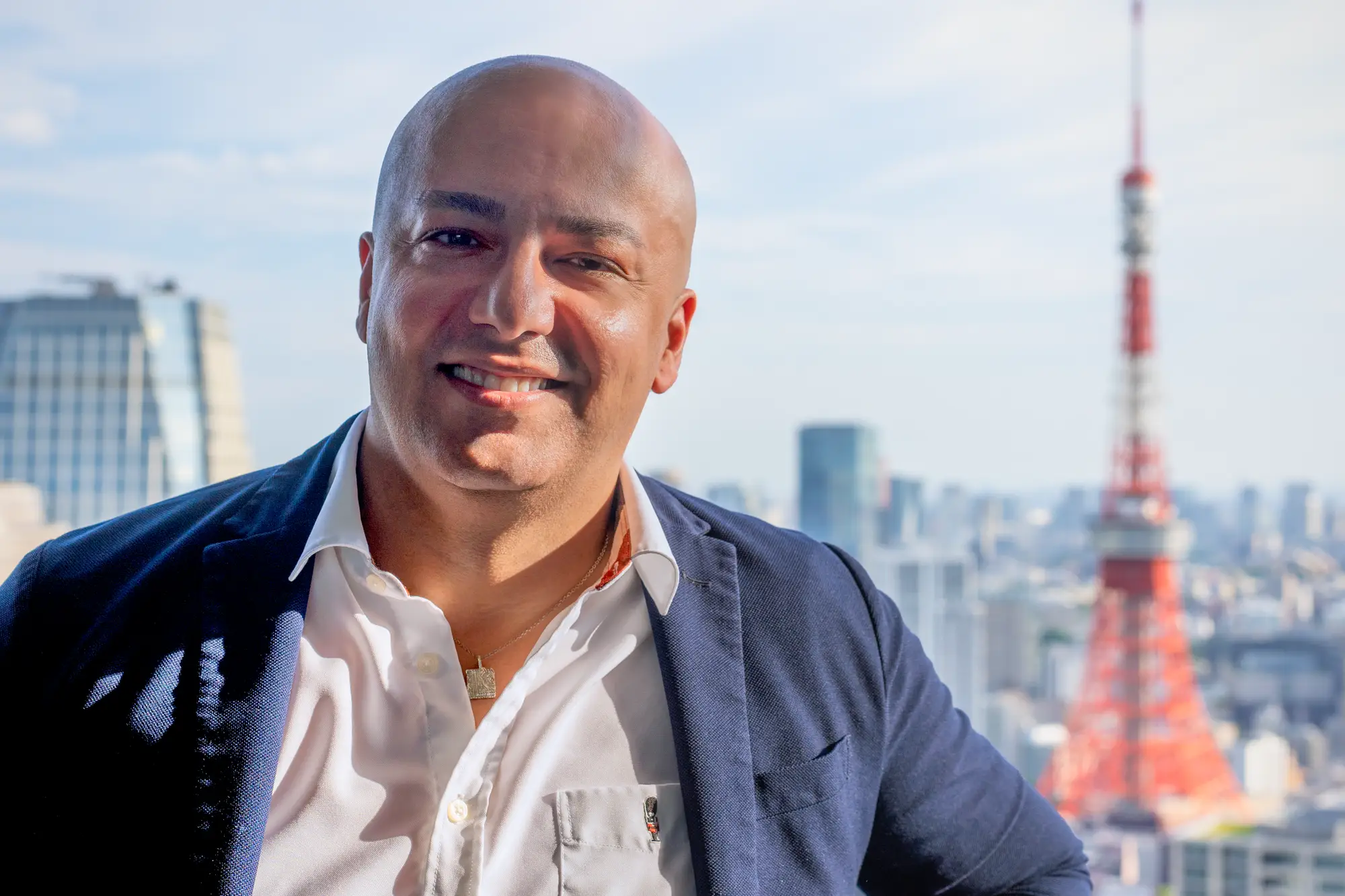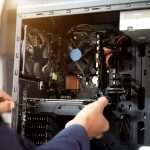He Built Google's AI. Now He Says Japan Is the Future of Robotics
Jad Tarifi, 42, spent nearly a decade at Google before leaving in 2021 to build his own company, Integral AI, in Tokyo. A veteran of the tech giant’s early generative-AI teams, Tarifi told Business Insider that Japan’s robotics ecosystem offered something Silicon Valley couldn’t — a place where artificial intelligence and manufacturing truly meet.
His story is more than a career move; it’s a glimpse into the next evolution of global innovation. As Western firms chase generative-AI dominance, Japan is quietly redefining how AI integrates into the physical world — from industrial robots to autonomous vehicles.
Building Google’s AI Foundations
When Tarifi earned his Ph.D. in AI from the University of Florida in 2012, startups weren’t yet the goal. “My mission was always to use AI to positively impact the world,” he said in his original Business Insider interview. That conviction led him to Google, where he spent almost ten years helping shape the company’s early machine-learning breakthroughs, including transformer models that later revolutionized natural-language processing.
By 2020, Tarifi had relocated from California to Tokyo as part of Google’s Asia-Pacific engineering expansion. What began as a one-year rotation soon became a turning point.
Why He Chose Japan Over Silicon Valley
“Japan is the world leader in robotics,” Tarifi explained. “If you want to merge AI with machines, you have to be here.”
After years in Silicon Valley, he’d seen America dominate software but lag behind in applied robotics — a gap widened by decades of outsourced manufacturing. Japan, meanwhile, retained deep industrial expertise. Its supply chains, precision-engineering culture, and government support made it the perfect testbed for AI-driven automation.
By staying in Tokyo to found Integral AI, Tarifi could combine the algorithmic innovation of the U.S. with Japan’s mastery of robotics. The result: a company focused on developing AI systems capable of controlling robots and autonomous vehicles in real-world environments. Integral AI secured $4.7 million in seed funding since 2022 from investors including SoftBank’s Deepcore, Samsung Next, and IT-Farm, validating its hybrid, US-Japan operational model.
The Challenges of Doing Business in Japan
Still, launching a startup in Japan was far from frictionless. Administrative processes were rigid, sometimes painfully slow. Tarifi recalls that it took three months to open a corporate bank account — something that would have taken 30 minutes in the U.S. Even signatures required a traditional hanko seal instead of digital authentication.
Yet, for every bureaucratic delay, Japan offered a long-term payoff: access to an interconnected robotics ecosystem few other nations can rival. “There are suppliers, manufacturers, and end users all within reach,” he said. “Understanding that network is critical if you want to build for it.”
Inside Business: Read How Former UBS Banker Quit to Buy Freedom, Not Status: His $20k Life Upgrade
Bridging Two Innovation Cultures
Operating in Japan reshaped how Tarifi thinks about leadership and product design. Silicon Valley’s “move fast and break things” ethos breeds rapid experimentation but can sacrifice stability. Japan’s approach — kaizen, or continuous improvement — rewards patience and precision.
“In the U.S., you sprint. In Japan, you iterate,” he said. That philosophy now anchors Integral AI’s operations: slower initial rollouts, stronger long-term reliability, and a culture where engineers feel safe sharing dissenting ideas.
Tarifi credits Google with teaching him empowerment-based management but says Japan refined it with empathy. “Leading with compassion isn’t soft; it’s strategic,” he notes. “Innovation thrives where people feel secure enough to take risks.”
The Legal and Economic Landscape for AI Startups in Japan
While Japan’s robotics infrastructure attracts global entrepreneurs, its legal and regulatory framework presents a unique learning curve for foreign founders.
Data Protection and AI Regulation Japan enforces the Act on the Protection of Personal Information (APPI) — one of Asia’s earliest privacy laws, comparable to Europe’s GDPR. Startups handling autonomous systems must ensure compliance on data transfer, consent, and algorithmic transparency.
Legal experts told Reuters that Japan’s regulators increasingly favor “trust-by-design” frameworks — encouraging AI firms to bake compliance into system architecture rather than treat it as an afterthought.
According to Professor Yuko Harayama, former Executive Member of Japan’s Council for Science, Technology and Innovation, Japan’s strength lies not only in robotics and hardware but in its ethical, human-centric approach to integrating AI into society — a model she has discussed widely in national science policy forums and interviews with Nikkei Asia and other publications.
Reader takeaway: For foreign executives eyeing Japan’s AI scene, success depends as much on cultural and regulatory fluency as on technology itself.
The Future of Integral AI
Tarifi’s company now partners with local robotics manufacturers to develop adaptive learning systems for autonomous navigation and precision assembly. Early prototypes integrate visual-perception AI with mechanical control — bridging the gap between software intelligence and industrial output.
The company’s core focus is on building "Foundation World Models"—AI designed to understand and predict the real-world environment—which is critical for complex, real-world robotic control and achieving Artificial General Intelligence (AGI).
While Japan’s measured pace may frustrate some Silicon Valley veterans, Tarifi sees it as a competitive edge. “The discipline forces you to think deeply before scaling,” he said. “That leads to more resilient products — and happier teams.”
He also continues to mentor young engineers, urging them to balance technical ambition with cultural empathy. “If you can combine American boldness with Japanese craftsmanship, you get innovation that lasts.”
From Google Engineer to Global Entrepreneur
Tarifi’s journey encapsulates a growing trend: top technologists leaving Big Tech to pursue focused, values-driven ventures. It’s not a rejection of Silicon Valley but a reimagining of it — smaller teams, sharper missions, and deeper local integration.
For executives watching from afar, his move underscores a shift in global innovation geography. Tokyo may no longer just manufacture machines; it’s becoming a crucible for the next generation of AI-enabled robotics — powered by leaders who, like Tarifi, believe speed means little without direction.
AI and Robotics in Japan: FAQs for Global Innovators
1. Why did Jad Tarifi choose to build his AI startup in Japan instead of Silicon Valley?
Jad Tarifi saw Japan as the ideal environment to merge artificial intelligence with robotics. While Silicon Valley excels in software innovation, Japan leads in hardware and industrial automation. Its deep manufacturing expertise, precision culture, and strong robotics ecosystem offered Tarifi the foundation to develop AI that powers real-world machines — something far harder to achieve in the U.S. tech scene.
2. How is Japan becoming a global hub for AI and robotics innovation?
Japan’s dominance in robotics manufacturing, combined with emerging AI research, is making it a global leader in applied artificial intelligence. The country’s kaizen culture of continuous improvement, government investment in automation, and ethical AI regulations under the APPI law are attracting foreign entrepreneurs like Jad Tarifi. Together, these factors are positioning Tokyo as the bridge between Silicon Valley software and real-world robotics innovation.














